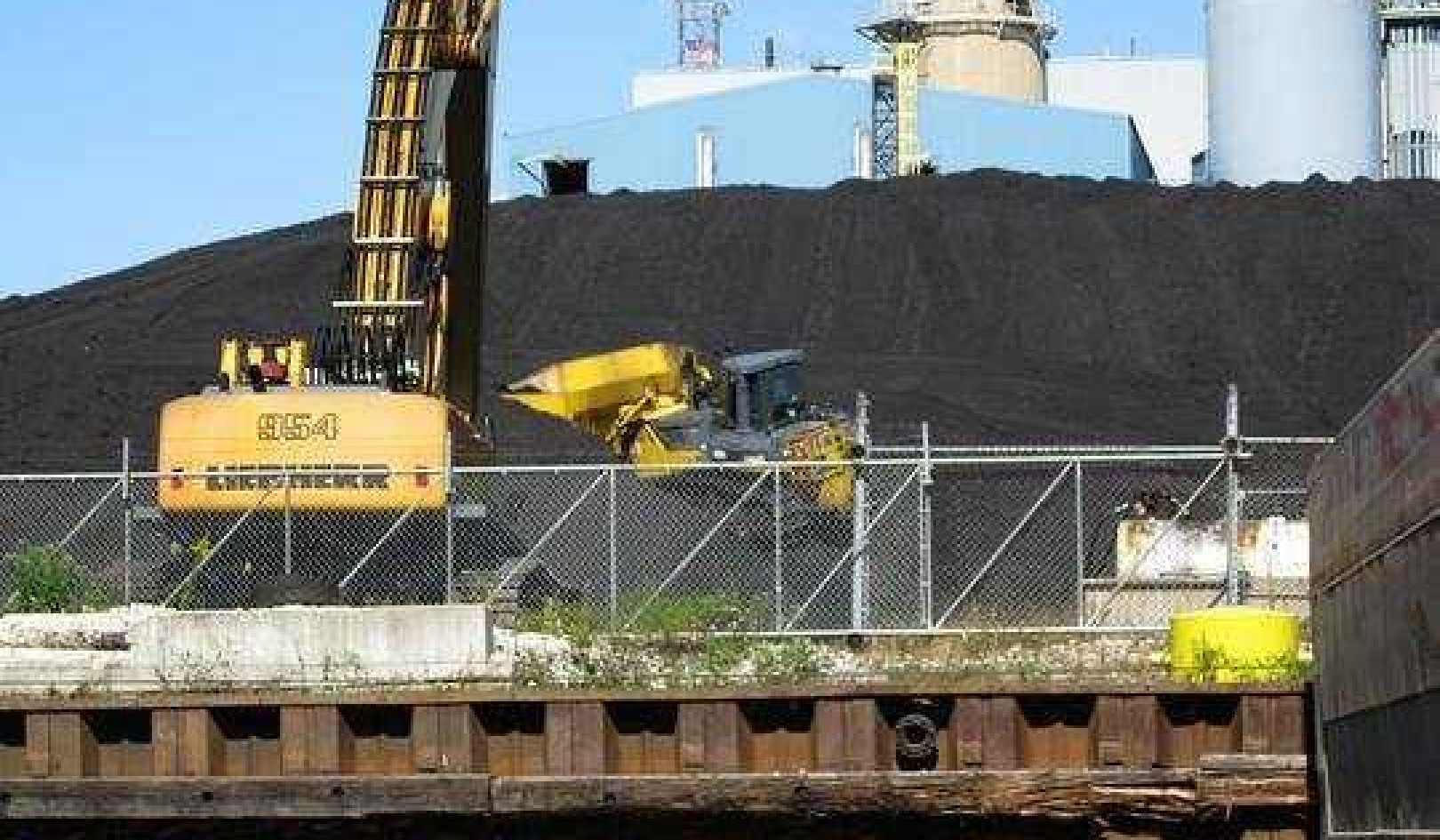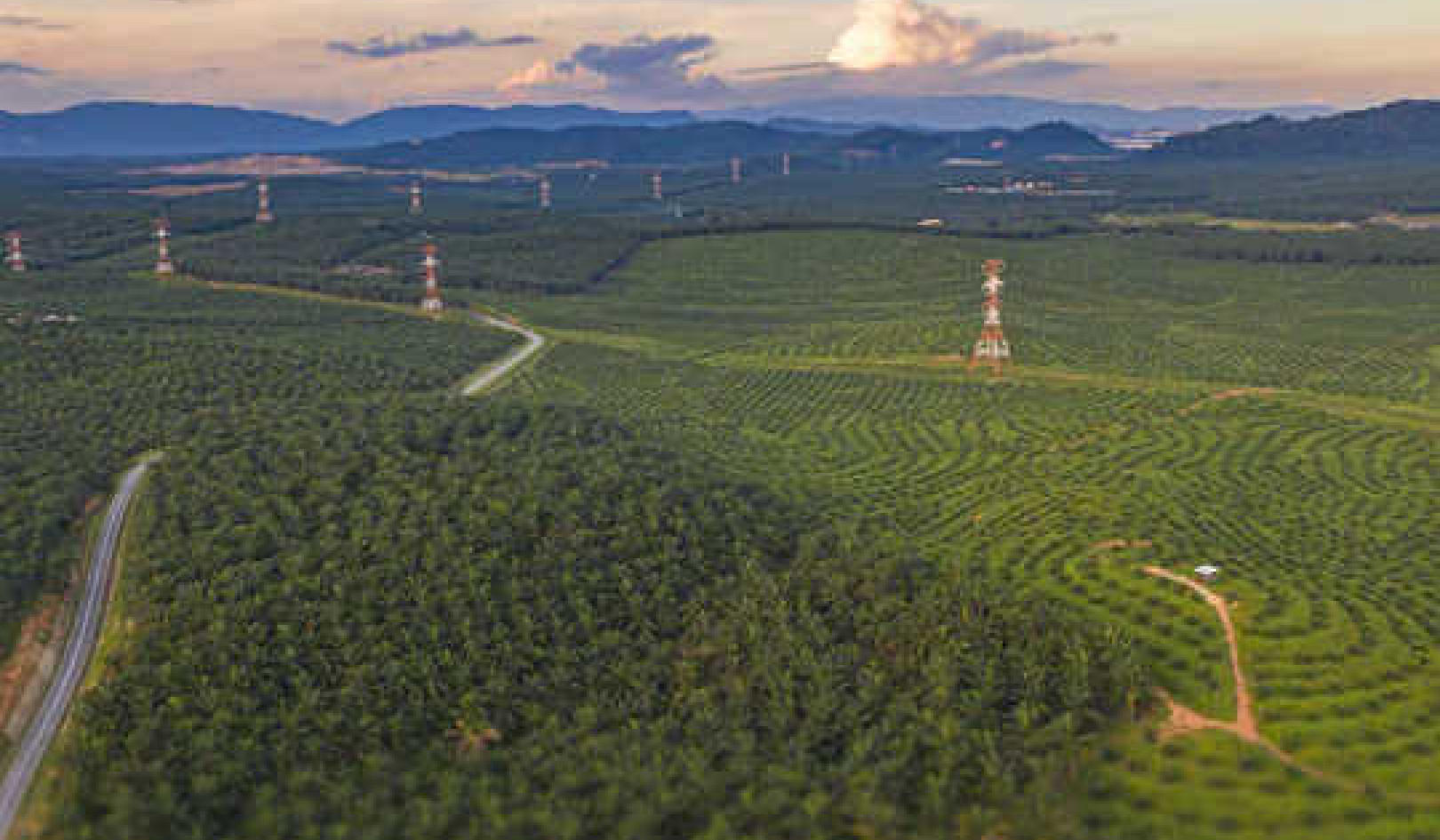
Ontario’s new premier, Doug Ford, is scrapping the province’s cap-and-trade program, designed to reward businesses that reduce their greenhouse gas emissions, as part of his promise to make gasoline more affordable.
Where does carbon policy in Canada’s most populous province go from here?
Climate change isn’t going away by ignoring it and doing nothing. While Ford, Saskatchewan Premier Scott Moe and federal Conservative leader Andrew Scheer all oppose carbon pricing, they do not offer any coherent alternative policies for mitigating climate change.
Under the current federal mandate, with no provincial policy in place, the federal government will enforce a backstop carbon levy on recalcitrant provinces. This levy, charged on all fuels that emit greenhouse gases, is due to rise to $50 a tonne by 2022, a carbon price almost twice the predicted price of carbon permits in 2022 under Ontario’s cap-and-trade system, linked with California and Québec.
The federal government accepted Ontario’s cap-and-trade system because the predicted carbon reductions under it were at least as large as those under a unilateral carbon backstop.
The theory is that California, with its older energy infrastructure and a larger industrial base, would supply a large number of cheap permits, allowing Ontario and Québec to reduce global emissions at a lower cost than if they instituted a provincial carbon tax.
But there’s uncertainty if the national carbon policy will succeed against populist politicians like Doug Ford, who has vilified carbon pricing as “the biggest rip-off I’ve ever seen.”
Jason Kenney promises to rid Alberta of its broad-based carbon tax if elected premier of Alberta. If that happens, there will be very little provincial support for the federal plan.
This political challenge is probably larger than the legal challenge launched by Saskatchewan against the federal carbon price. The federal government has broad powers to institute nationwide taxation under the Constitution.
Implementing a carbon tax differently
If the Justin Trudeau government wishes to reassert its green credentials, it will have to implement its backstop policy even in the face of vociferous opposition from Ontario and Saskatchewan. But to keep broad support for the plan, it might also have to change the way it implements it.
British Columbia’s carbon tax survived political changes because it was conceived as revenue-neutral: Tax revenue is returned through low-income climate action tax credits and other reductions of personal and corporate income taxes.
As currently written in the legislation, all revenue generated from the backstop should remain in the province. However, instead of returning it to the provincial government, the federal government should return it directly to taxpayers (Trudeau also hinted at this after his first meeting with Ford).
Each person, young or old, could receive an annual “carbon dividend” cheque. It would be impossible to denounce such a policy as “yet another tax grab.”
A carbon dividend also mitigates the most significant economic objection: That a carbon levy burdens poorer households disproportionately. Returning the revenue on a per-capita basis will correct this undesirable distributional effect. It is also a family-friendly policy, if children receive the same amount as their parents.
Family of four could get big dividend
In 2016, Ontario emitted 160 million tonnes of carbon dioxide. If a carbon price of $20 a tonne was applied to those emissions, the $3.2 billion revenue could be divided equally among Ontario’s 14.2 million residents. An Ontario family of four would receive an annual $900 cheque that could climb to over $2,000 in 2022 when the levy reaches $50 a tonne - an approximation because as the tax rises the tax base will shrink over time.
Canada has committed, through the Paris Agreement, to reduce carbon emissions to limit the increase of the global average temperature to 1.5°C above pre-industrial levels. That is a highly ambitious goal, and to meet Canada’s pledge, all provinces have to do their fair share to reduce carbon dioxide emissions.
Carbon pricing works, as our own research shows. Per-capita fuel consumption decreases in response to permanent increases in fuel and carbon taxes. Much of the traction comes from purchasing more fuel-efficient vehicles, and some from driving less or switching to other modes of transportation. Industry and households adjust likewise.
![]() But the economic logic of carbon pricing is lost on voters if they only see what they will pay and not what they will get in return. A “carbon dividend” is Canada’s best hope to defend a much-needed climate change policy against resistance from antagonistic provincial governments.
But the economic logic of carbon pricing is lost on voters if they only see what they will pay and not what they will get in return. A “carbon dividend” is Canada’s best hope to defend a much-needed climate change policy against resistance from antagonistic provincial governments.
Werner Antweiler, Associate Professor, University of British Columbia and Sumeet Gulati, Professor, University of British Columbia
This article was originally published on The Conversation. Read the original article.
Related Books:
at InnerSelf Market and Amazon
























